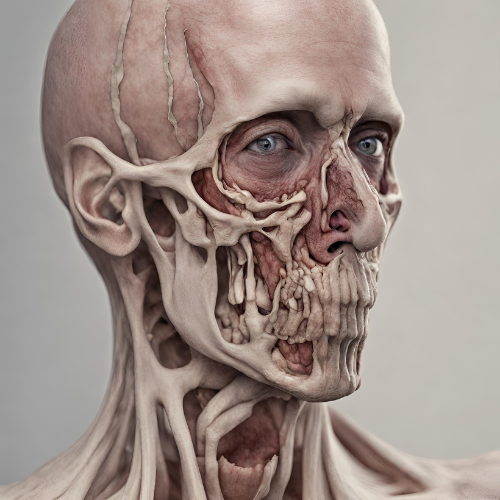Understanding Fahr Disease: Symptoms, Causes, and Treatment
What is Fahr Disease? Fahr disease, also known as Fahr syndrome or idiopathic basal ganglia calcification (IBGC), is a rare neurological disorder characterized by abnormal deposits of calcium in the brain’s basal ganglia and other areas. These calcium deposits, known as calcifications, can impair brain function and lead to various neurological symptoms. Fahr disease can manifest with a wide range of symptoms and severity, making diagnosis and management challenging.
Types of Fahr Disease: There are no distinct types of Fahr disease recognized in medical literature. However, the severity and progression of symptoms can vary widely among affected individuals.
Symptoms of Fahr Disease: The symptoms of Fahr disease can vary widely depending on the location and extent of calcium deposits in the brain. Common symptoms may include:
- Movement Disorders: such as tremors, rigidity, and involuntary movements.
- Cognitive Impairment: including memory problems, confusion, and difficulty with reasoning and judgment.
- Psychiatric Symptoms: such as depression, anxiety, and psychosis.
- Neurological Symptoms: such as headaches, seizures, and speech difficulties.
- Motor Symptoms: including weakness, coordination problems, and difficulty walking.
Causes and Risk Factors: The exact cause of Fahr disease remains poorly understood. In some cases, it may be inherited in an autosomal dominant manner, meaning that a person only needs to inherit one copy of the defective gene from one parent to develop the disorder. However, Fahr disease can also occur sporadically without a clear genetic predisposition. Other risk factors or triggers for calcification formation may include metabolic imbalances, infections, or exposure to toxins.
Diagnosis of Fahr Disease: Diagnosing Fahr disease typically involves a combination of clinical evaluation, neuroimaging studies, and genetic testing. Brain imaging techniques such as computed tomography (CT) or magnetic resonance imaging (MRI) can reveal the presence of calcifications in the basal ganglia and other brain regions. Genetic testing may be recommended to identify mutations associated with familial forms of Fahr disease.
Treatment Options: Currently, there is no specific pharmacological treatment to reverse or remove calcium deposits in Fahr disease. Treatment focuses on managing symptoms and optimizing quality of life. Pharmacological interventions may include medications to control movement disorders, alleviate psychiatric symptoms, or manage associated medical conditions such as seizures or headaches. Non-pharmacological approaches such as physical therapy, speech therapy, and occupational therapy can help improve mobility, communication, and daily functioning. Psychological support and counseling may also be beneficial for patients and their families to cope with the emotional and cognitive challenges associated with Fahr disease.
Conclusion: Fahr disease is a rare and complex neurological disorder characterized by abnormal calcium deposits in the brain, leading to a wide range of neurological and psychiatric symptoms. While the exact cause of Fahr disease remains unclear, early diagnosis and comprehensive management are essential to optimize outcomes and quality of life for affected individuals. Treatment approaches may include symptomatic relief, supportive therapies, and multidisciplinary interventions tailored to address the unique needs of each patient. Further research is needed to better understand the underlying mechanisms of Fahr disease and develop targeted therapies to address its underlying causes. In the meantime, raising awareness, promoting early detection, and providing compassionate care are critical in supporting individuals and families affected by Fahr disease.




